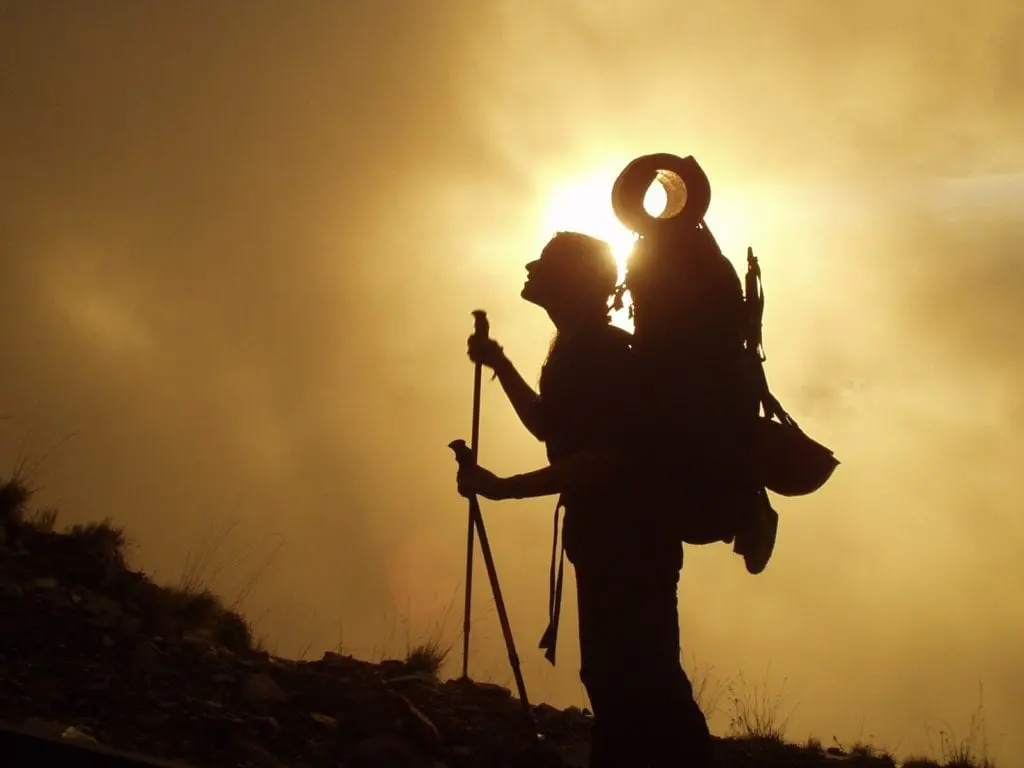
Altitude sickness is one such condition which can easily ruin your escape to hills. However, it becomes easier to handle if you are well aware of its symptoms and precautions.
Sometimes adventures come with their risks, although not for everyone. Altitude sickness, in simple terms, refers to sickness due to the increase in altitude. When you are climbing up a mountain or even trekking uphill, there are chances of you feeling dizzy or nauseous, while you may think it is due to tiredness. Actually, it is not. It happens due to the reduction of oxygen when you are at a higher altitude.
At high altitudes two things put a significant impact on you, one is lower air pressure, and the other is less oxygen. When these two things factors combine, it becomes difficult for some people to adjust because of their unfriendliness to such an atmosphere. But one thing that you should not do is get nervous and anxious if you think you have caught the symptoms. The best way is to stay positive and follow our ways to treat altitude sickness.
Identifying Altitude Sickness through its symptoms and possible treatments
There is no particular set of people that will be a target of Altitude Sickness; it can hit anyone, even if that person is absolutely fit. Since its symptoms look common, you should know if you are having issues due to the increased altitude. Here’s a list of possible symptoms and altitude sickness treatment:
-
Lethargy, difficulty sleeping, fatigue, nausea, loss of appetite, shortness of breath, and headache. These symptoms commonly take place within 12-24 hours of you visiting a higher altitude. The resultant sickness is given the name of Acute Mountain Sickness. This form of altitude sickness is the most common one and can be easily treated once your body gets used to the atmosphere and learns to manage with the available oxygen and air pressure. Just give your body ample time and don’t rush things up. Once these symptoms arise, take good rest and go for outdoor activities only when you start feeling better.
-
Cannot walk straight, loss of coordination, difficulty in balancing the body. These symptoms arise when the symptoms of Acute Mountain Sickness start worsening instead of improving. Hence, this is kind of an advanced stage of Altitude Sickness called High Altitude Cerebral Edema. To get rid of this situation, the affected person should be taken to a lower altitude and given medical attention by doctors since lower altitude cannot cure the problem on its own. Sometimes steroids like dexamethasone (to check the fluid in your brain) are advised in cases of HACE, but you should always first consult a doctor before taking any medicines or steroids.
-
Worsening of the above symptoms, inability to walk, build-up of fluid in brain/lungs, cough, change in skin tone. It is better if the concerned person is diagnosed and treated before reaching this stage of altitude sickness which is known as High Altitude Pulmonary Edema. The immediate action should be to take the affected person to a lower elevation and call the doctor who will then carry out necessary tests and X-Rays and may even conduct an MRI or CT scan. This is the most severe form of Altitude Sickness and can also turn fatal if left untreated.
The chances of Altitude sickness catching you depend upon many factors like the altitude at which you normally live, how quick are you while moving to a higher elevation, past experiences with high altitude places, etc. The unique point is that it catches young people more often than the older ones since youngsters are physically more active and thereby need more oxygen. Studies have found that genes also play a vital part in handling the higher elevations.
Preventing Altitude Sickness
The most effective and proven way of reducing preventing altitude sickness is Acclimatization. It means adapting to the climate and conditions prevalent at higher altitudes. Easy it might look but difficult it might prove out to be if you are not aware of it.
How to acclimatize:
- Go slowly and take deep breaths while climbing higher altitudes so that your lungs get more air and the RBCs can easily carry the oxygen to different parts of the body.
- Begin your journey below the mark of 10k feet so that you get ample time for adjusting to the climate.
- Make regular and frequent halts in your journey upwards. Please rest for a full day after climbing every 3000 ft as it would help you in preventing any issues that are about to prop up if you don’t rest.
- It is recommended for you to sleep at a lower altitude than the one you have reached. Meaning that you should come down to sleep as it would help you in avoiding any undesirable circumstances that may arise due to lack of oxygen while sleeping at a higher altitude.
- Say no to tobacco, alcohol and any other medication.
- Drink a lot of water and increase the intake of carbs.
The capacity to adapt the altitude levels is different for different individuals. Some may adapt earlier than others but remember it is not a competition; its all about staying safe while enjoying. Capture these suggestions in your mind to prevent and treat altitude sickness on your next visit to hills.
Medicines that suits you best
One of the common drugs for altitude sickness issues is Acetazolamide that allows a person to take in more oxygen by increasing the breathing rate. Adjustment to higher altitudes becomes more comfortable with the intake of this drug. Although, a better option is to consult a doctor before taking any medication.
Now since you know about the Altitude Sickness Symptoms, it is important to be more cautious and try to prevent what can be prevented. If you are having breathing issues at a higher altitude that doesn’t mean you cannot enjoy and make the most of your trip. Just get the right amount of rest and take the correct precautions. Remember, even if things get a little tough, you must consult a doctor before making any decision that might hurt you later.


Shop Our Gears
Camp & Hike
TAHAN
COMBO
SLEEP SYSTEM
More tips that you might find useful:
12 Secrets to Getting Cheap Flights in Malaysia
1 Comments
马来西亚露营:户外探险综合指南
Camping in Malaysia: A Comprehensive Guide to Outdoor Adventures
2 Comments
Conquering Mount Kinabalu: A Hiker’s Guide to Malaysia’s Highest Peak
Camp Cooking Gear Guide – Build the Ultimate Camp Kitchen!
Top 5 Most Popular Campsites in Selangor
Ultimate Guide to Tropical Leisure Camping in Malaysia: TAHAN’s Top 5 Gear Picks
The Ultimate Guide to Hammock in Malaysia: Comfort, Adventure, and Relaxation